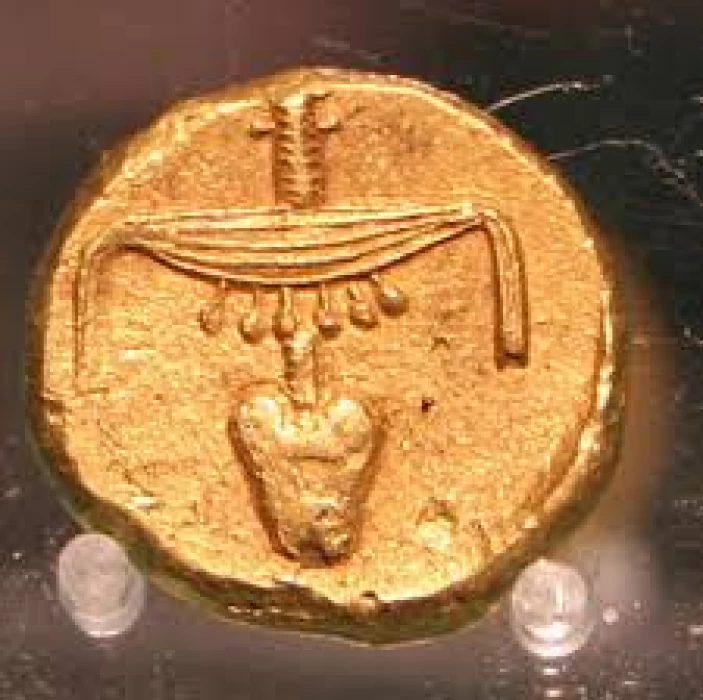
The 28th Dynasty in Ancient Egypt
Details about the 28th Dynasty
The 28th Dynasty of ancient Egypt consisted of only one monarch who claimed his right of succession from the pharaoh rulers of Sais. The reign of King Amyrtaeus was during the period in ancient Egyptian history known as the Late Period of the post empire period.
Amyrtaeus was the sole ruler of the 28th Dynasty and put an end to the First Persian Occupation of ancient Egypt. Amyrtaeus, a prince of Sais and the grandson of King Psamtik III, launched an uprising against the Persian government following the death of King Darius II. During the 26th Dynasty of Saite kings, his ancestor Psamtik III had fought off the First Persian invasion of ancient Egypt, which was headed by King Cambyses of Persia.
With just two pharaohs, Tefnakht and Bakenranef, the 24th dynasty marked the beginning of the history of the Saite monarch line. They battled against the Nubian invasion and reigned from the city of Sais in Lower Egypt's western Nile Delta (see map below).
As such, Amyrtaeus drew great allegiance from various regions of ancient Egypt, especially Lower Egypt, and was the proud ancestor of a valiant line of Saite monarchs.
The despised Persians were notorious for their harsh treatment of the Egyptian populace as well as their hefty taxation. Following the passing of Persian King Darius II, Amyrtaeus staged an uprising. Egypt regained its independence thanks to the successful uprising, although Amyrtaeus remained the lone monarch of the 28th Dynasty. In a calculated political effort to avert another Persian invasion, the monarch forged an alliance with the Arabians against the Phoenicians, who had a power base in Lebanon, which bordered Syria.
Amyrtaeus ruled for a period of five years. There is little evidence available regarding his downfall, but it appears that he broke the law and was declared to be an Egyptian lawbreaker. As a result, he was prevented from carrying out his royal duties, and his son was not permitted to replace him.
Nepherites, a strong Mendes governor, started a rebellion against the king (see map below). The rebels engaged in open combat with Amyrtaeus, who was ultimately taken prisoner, overthrown, and put to death in front of the public in Memphis. Nepherites established the 29th dynasty and seized the Egyptian throne.















